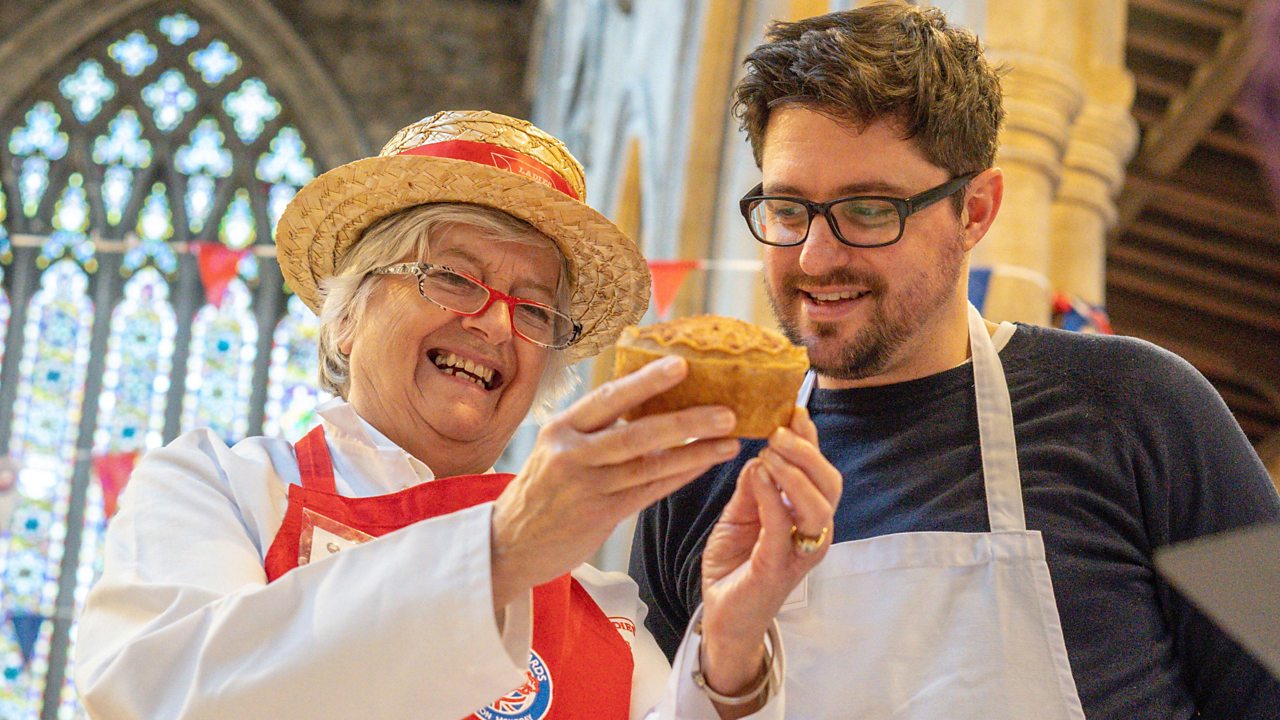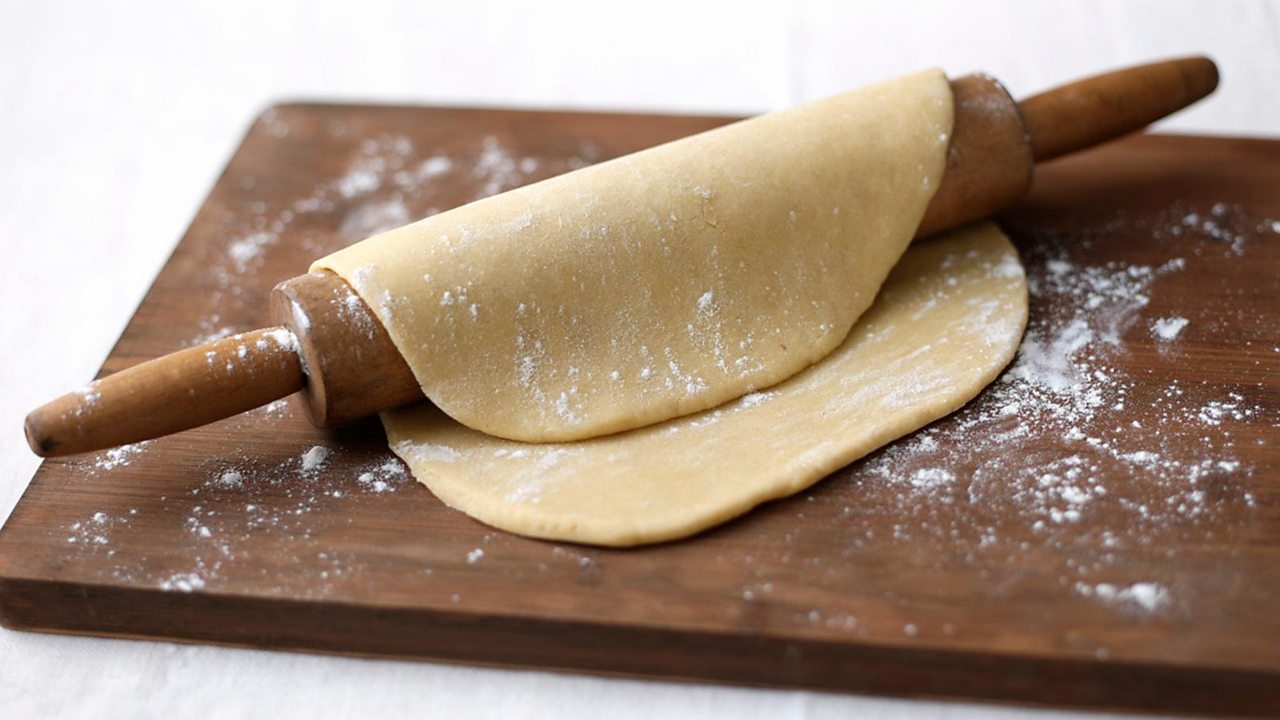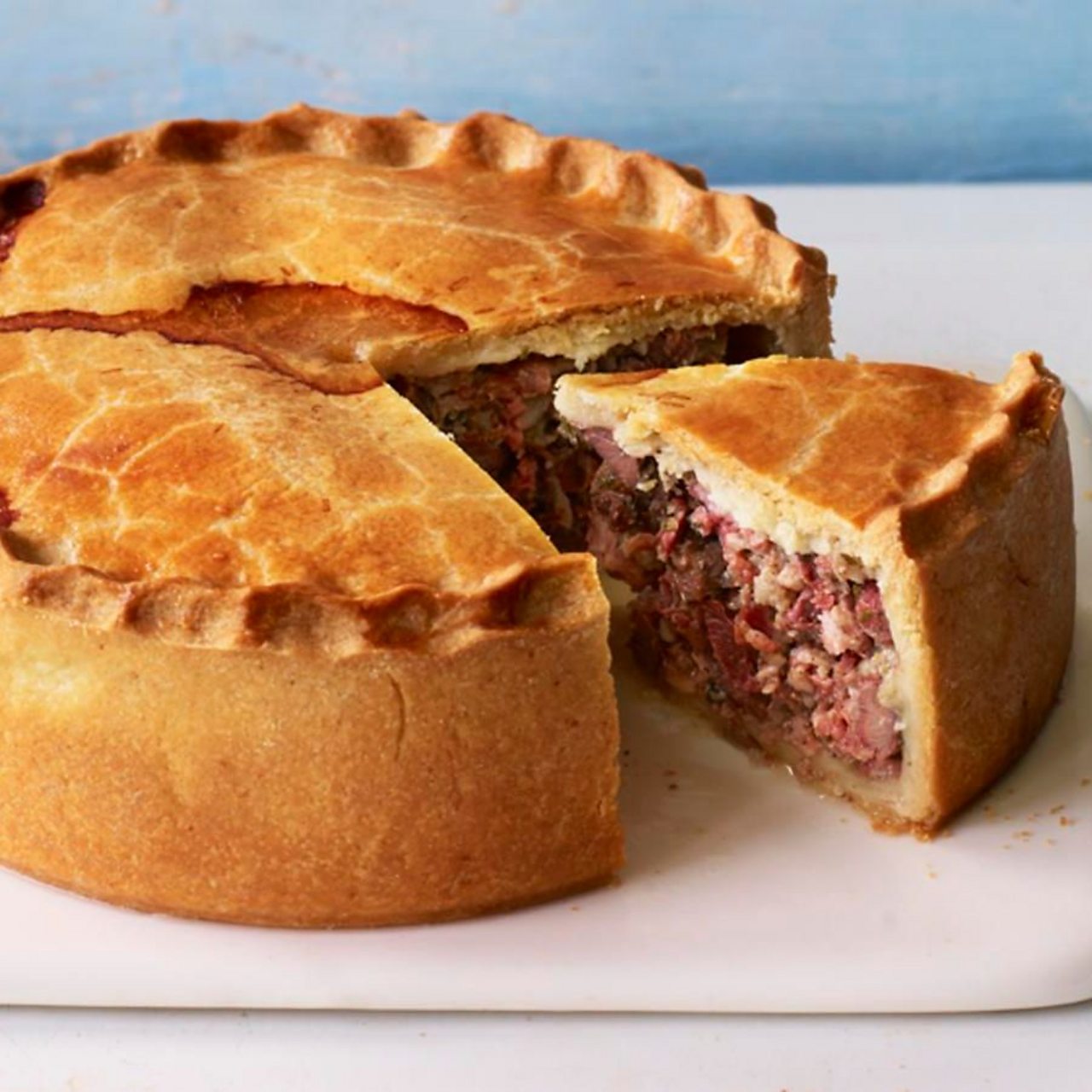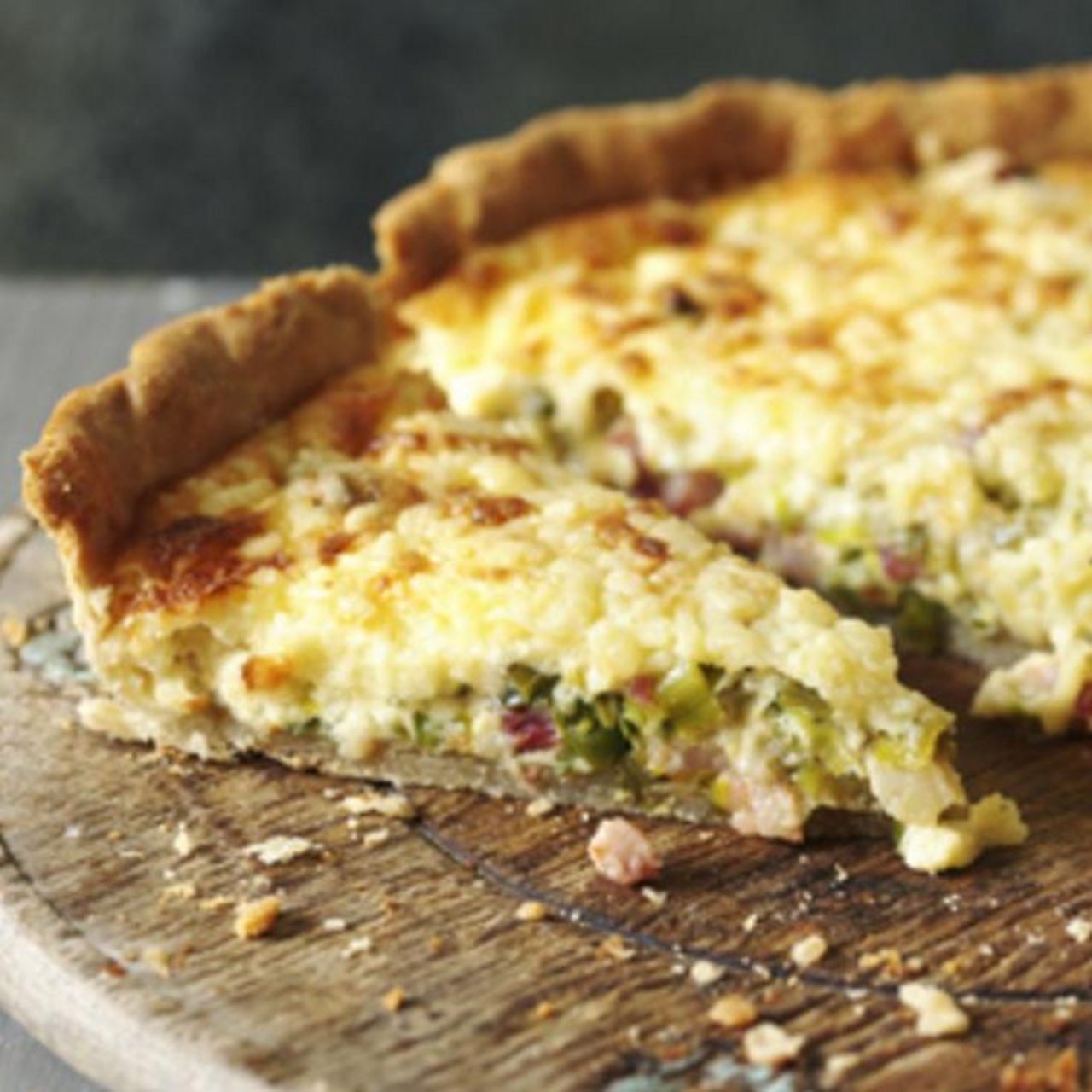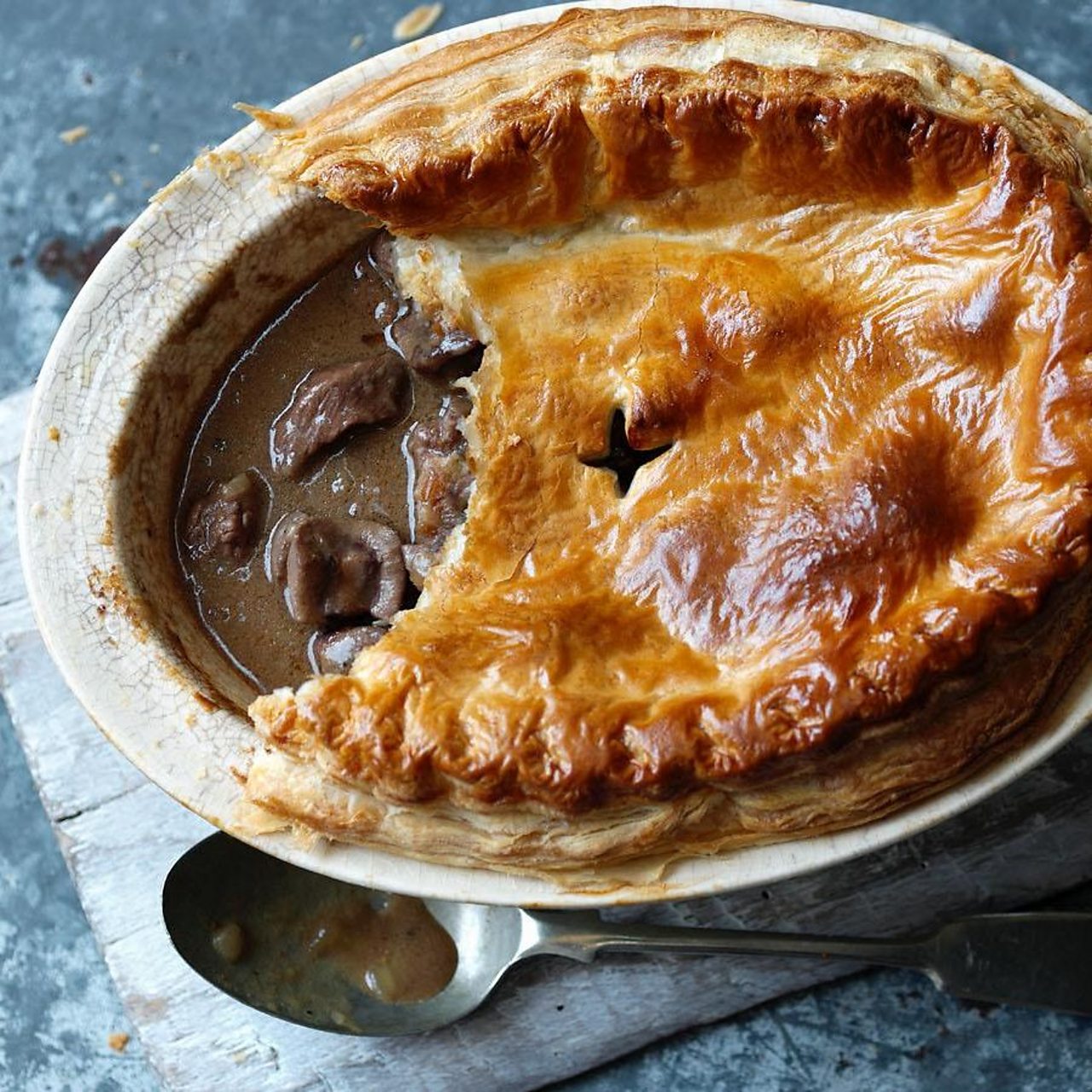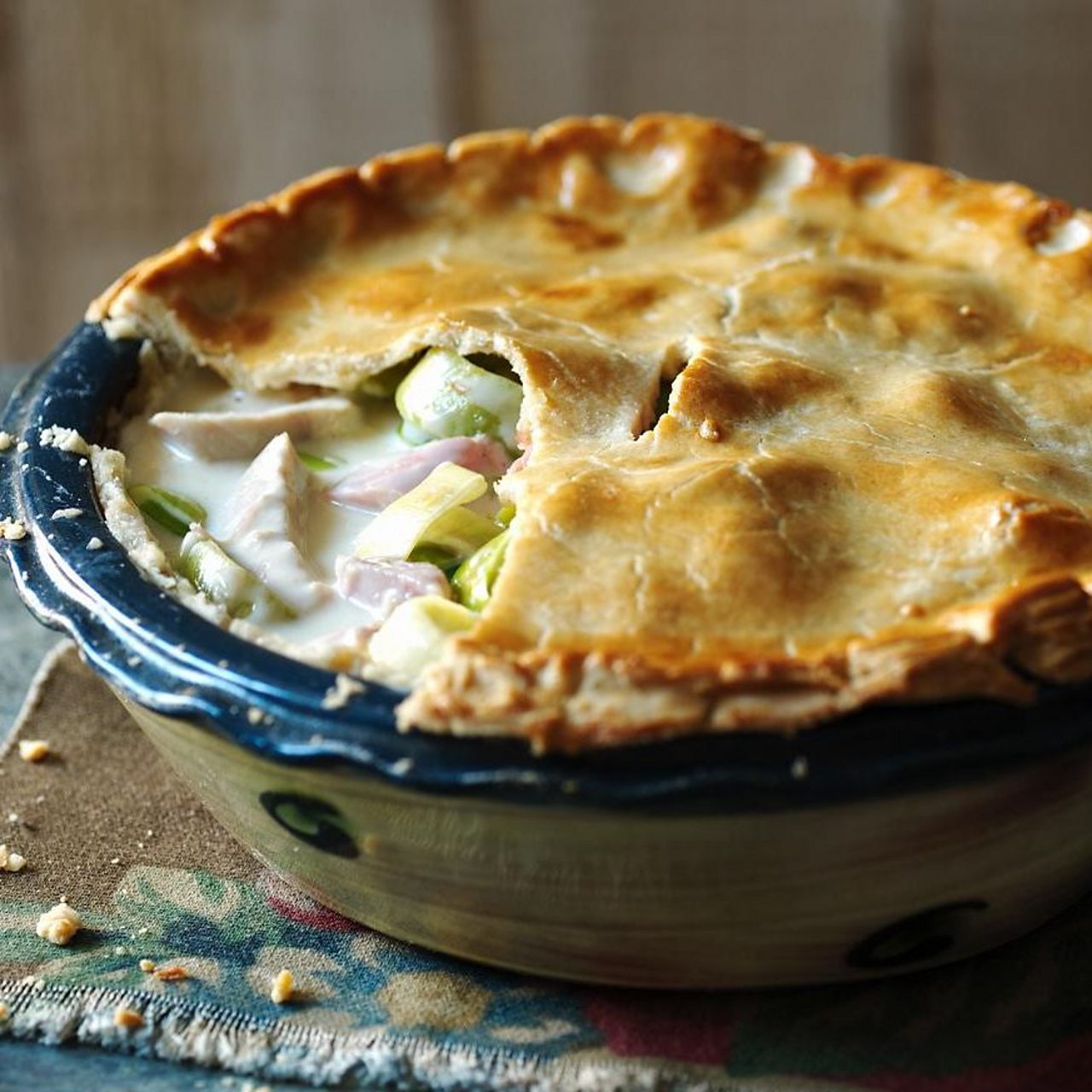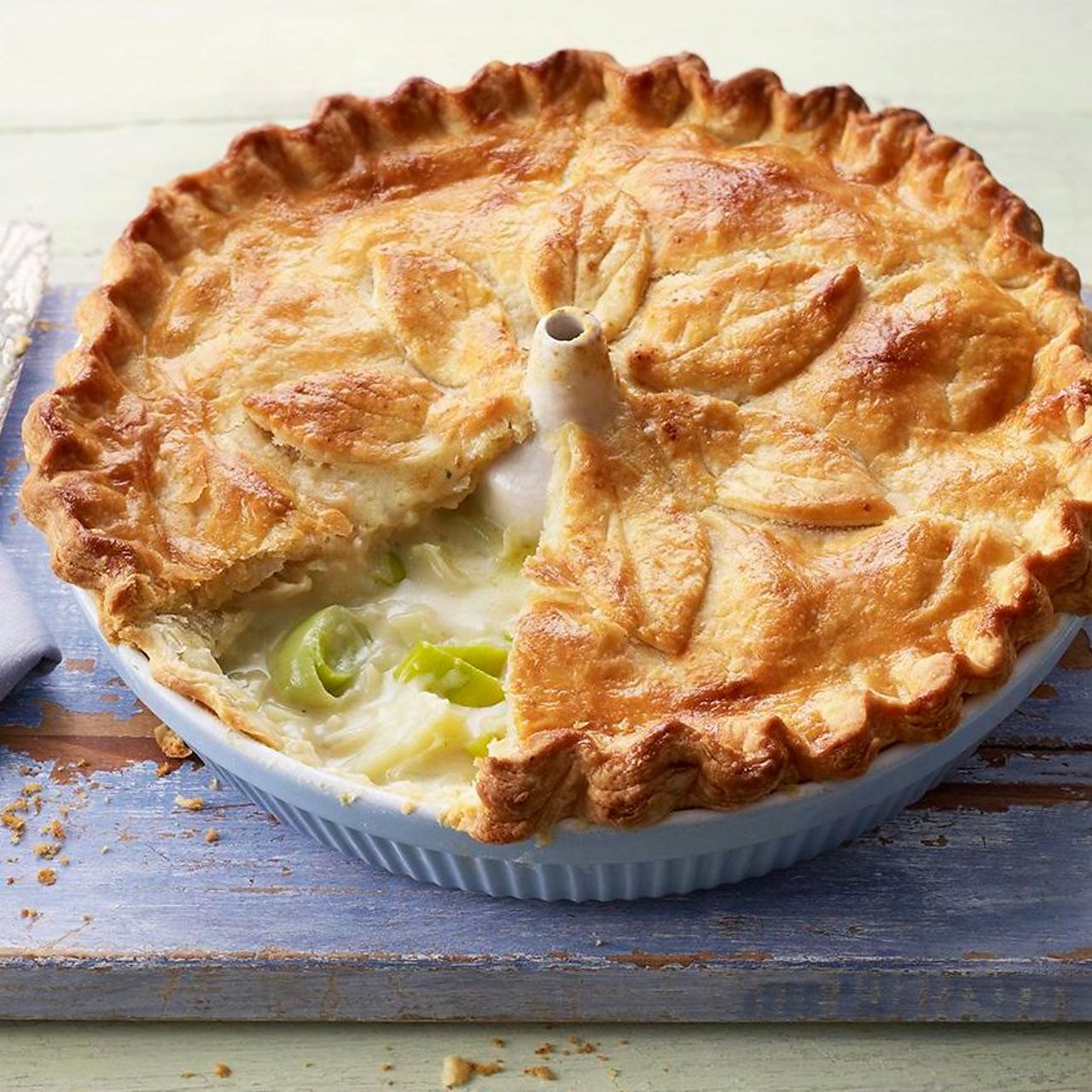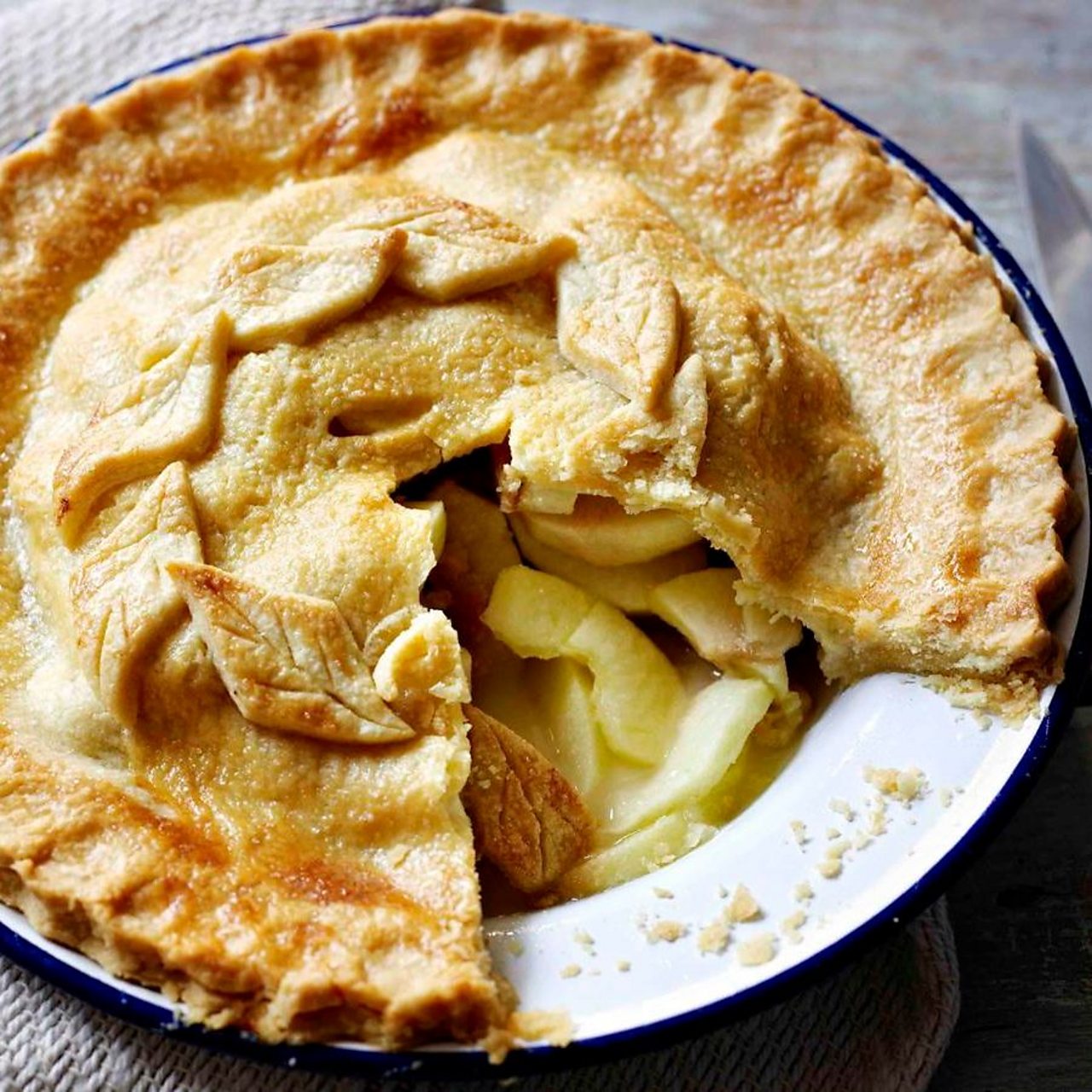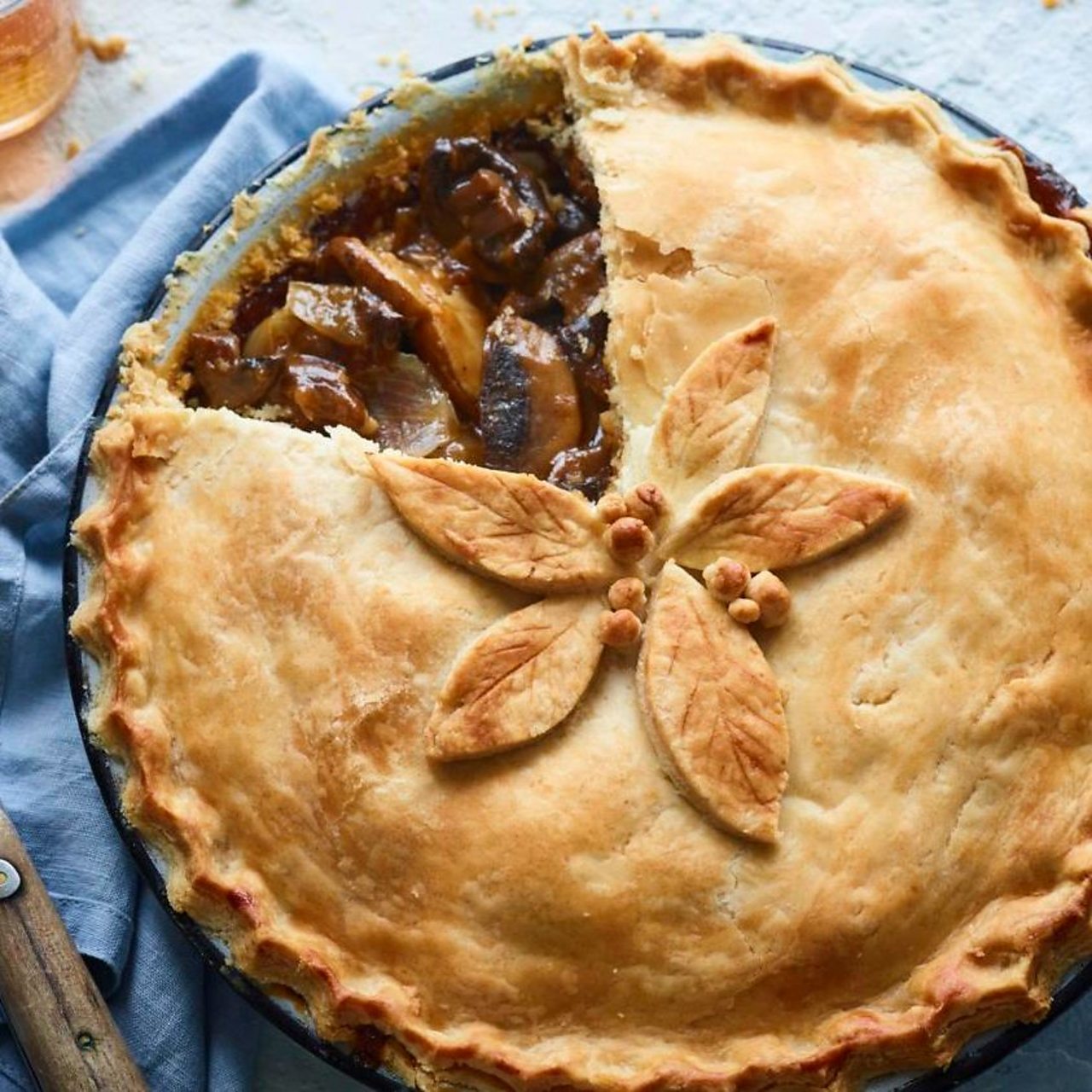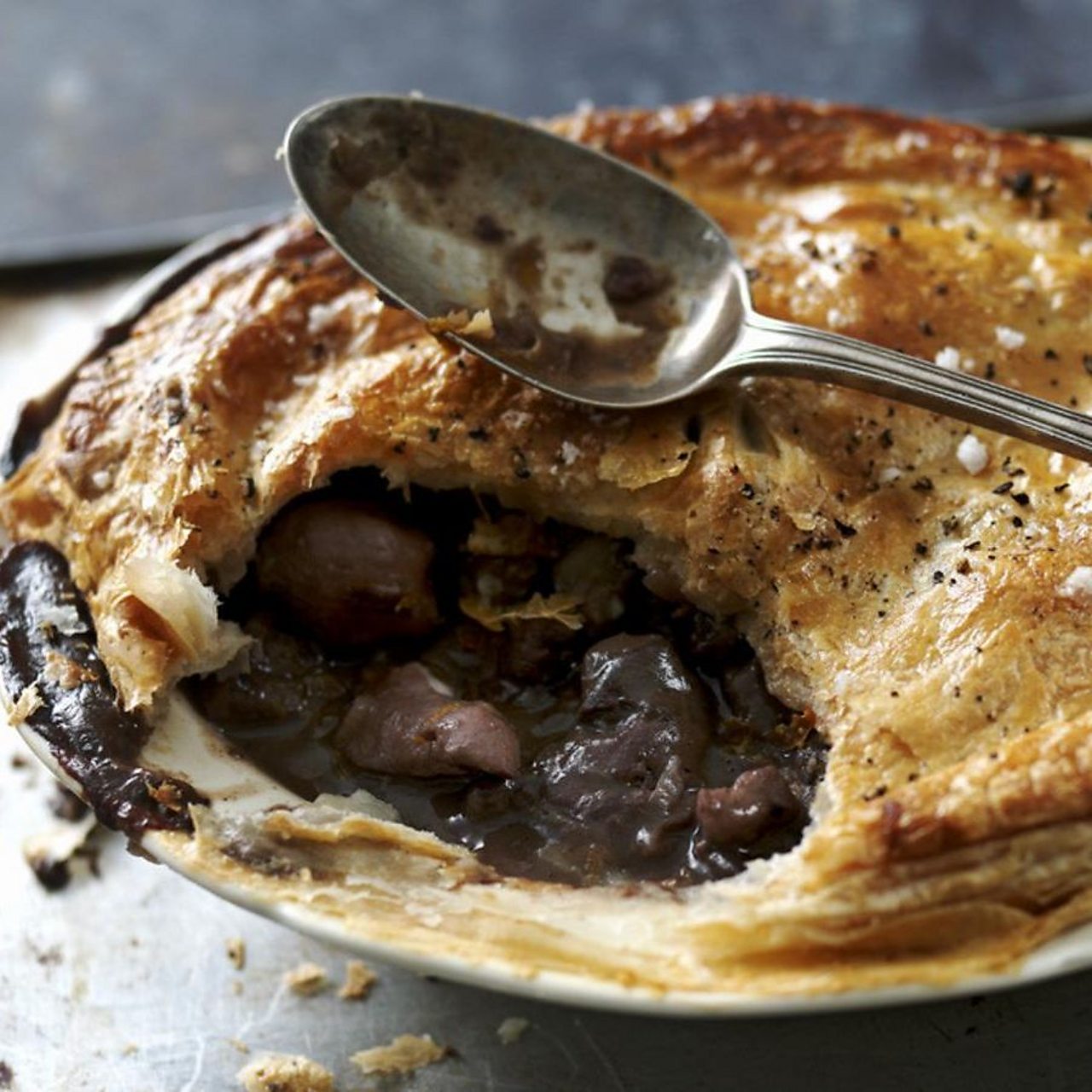The
Aka tribesmen in the Central African Republic often look after their young children while the mothers are out hunting. They soothe, clean and play with their babies, and spend more time holding them than fathers in any other society. Their devotion has earned them the title of “the world’s best dads” from online commentators
– which is somewhat ironic given that the Aka are strictly egalitarian and shun rankings.
Still, it shows just how dramatically the wider view of being a “good father” has changed over time.
Today, many dads are celebrated for being sensitive, caring and hands-on. A growing body of research is transforming our understanding of how they can shape their children’s lives from the start, challenging conventional ideas of parenthood and gender.
This is striking given that until the 1970s, the role of fathers in their children’s development was not much studied at all. Their most important job was seen as economically supporting the mother, who would in turn be the emotional anchor for the child.
“There was a lot of focus on how relationships with mothers were very important, and there was very little thought about other social relationships,” says Michael Lamb, a psychologist at the University of Cambridge who has been studying fathers since the 1970s. “The most obvious of those was the father-child relationship – a relationship that was viewed as more important as children grow older, but was always viewed as secondary to the mother-child relationship.”
Or as Marian Bakermans-Kranenburg of Vrije Universiteit Amsterdam, who is doing a series of studies on new fathers and family relations,
puts it: “Half of parents are fathers, yet 99% of the research on parenting focuses on mothers.”
Now, new research is showing that the social world of children is much richer, and more complex, than previously thought.
It is not just dads who have moved into the spotlight. Grandparents, same-sex parents, step-parents and single parents have also helped researchers understand what really makes a child thrive – and that it’s not just about one caregiver.
“Part of the argument that I’ve been trying to make for the past 45 years is that actually, no, there are multiple important factors,” says Lamb. “We do want to recognise differences in their importance, but we also need to recognise that – to quote that cliché – it does take a village, and that there are a lot of important relationships that shape children’s development.”
A range of recent studies show how flexible parenting roles can be. Psychologist Ruth Feldman of Israel’s Bar-Ilan University has found that, just like mothers,
fathers experience a hormonal boost when caring for their babies, which helps the bonding process. When dads are the main caregivers, their
brains adapt to the task.
“The factors that lead to the formation of relationships are exactly the same for mother and father,” says Lamb. “It really comes down to the emotional availability, recognising the child’s needs, responding to those, providing the comfort and support that the child needs.”
Past research has found that mothers and fathers do tend to interact differently with small children: mothers bond more through gentle caretaking, while
fathers typically bond through play. But that, Lamb says, has less to do with gender and more with the division of childcare.
Studies of same-sex couples and stay-at-home dads have shown that regardless of gender, it is the parent who works during the day, and comes home in the evening, who tends to play wilder games, like picking up their baby and swinging them around. The parent who looks after the baby all day is likely to interact with them more calmly.
In heterosexual couples, the parent who takes on most of the care during the day is often still the mother for a range of social and economic reasons.
In fact, even among the much-praised Aka, the women do the majority of the childcare. They hunt and forage with their babies snuggled against them in a sling. But no-one yet has declared them the world’s best mothers.
But involving dads more from the start can have many benefits, research has shown. And play, regardless of whether it’s calm or boisterous, is particularly beneficial.
“Play is the language of childhood: it’s the way children explore the world, it’s how they build relationships with other children,” says Paul Ramchandani, who studies play in education, development and learning at the University of Cambridge. He and his team observed fathers playing with their babies in the first months of life, then tracked the children’s development. They found that early father-baby interactions are much more important than previously assumed.
These outcomes were independent of the mother’s relationship with the child.
Ramchandani cautions that the results should not be interpreted as a clear causal link. Instead of directly affecting their children’s development, the distant dads’ behaviour could, for example, be a sign of other problems in the family. Still, he sees the study as an encouragement to play with your child long before they can crawl and talk: “Some dads don’t do that when the babies are young because they’re unsure about what they should do, or unsure if they’re doing the right things.” Of course, new mothers may feel similarly hesitant.
But Ramchandani says it can be as simple as sitting the baby on your lap, making eye contact, and observing what they enjoy.
“It’s the getting involved that’s the most important thing, because you’ll get better at it if you practice it. It’s not something that comes naturally to everybody. Some people are really good at it, but for most people it takes practice,” he says.
Visit a typical weekday baby group in even a relatively progressive neighbourhood in London, however, and the picture quickly changes. Yes, there are usually one or two dads around, and they are just as competent as the mums. But the bulk of parenting still seems to fall to women. Around the world, women spend
up to 10 times more time on unpaid care work – including childcare – than men.
“I think we’re at a crossroads in terms of how we view fathers,” says Anna Machin, an anthropologist and author of The Life of Dad, a book on modern fathering.
Machin argues that while most dads want to be more active at home, the workplace has not really adapted to this. “That’s where the tension is for men at the moment: between needing and wanting to care, and also needing to still provide,” she says.
Given the financial pressures many families face, Machin fears there could actually be a reversal to more traditional roles: “If you’re a dad now, if you want to be involved, you have to be a bit of a pioneer in the workplace. You have to go against all that culture of, ‘men go back to work’. You have to be the one to go, ‘Actually, I want to assert my rights’.
“And that’s quite a hard thing to do.”
“People did take note, and it’s helping to maintain or increase the profile of fathers in a range of policy discussions,” says Paul Bradshaw, director of the Scottish Centre for Social Research, which undertook the study on behalf of the Scottish government.
Perhaps one day, a male chief executive with a baby sling will be as common a sight as a group of Aka men carrying their infants back from the hunt. In the meantime, dads can take comfort in the fact that there are countless ways of being a good parent.
“One of the points we’ve learned is that there isn’t a model of the ideal father. There isn’t a recipe for what the father needs to do or what sorts of behaviour he needs to emulate,” says Lamb.
Ultimately, he says, it’s about being emotionally available, and meeting the child’s needs. “Different people do that in different ways. There’s been a lot of talk about, ‘do dads need to do that in a masculine way?’ And the answer is no, they don’t need to.
“They need to do it in a way that makes sense for them, that feels authentic, that allows them to be fully and coherently engaged in the relationship with their child.”
I was in a narrow kitchen in Mumbai, one of India’s most strikingly modern cities, watching an ancient Indian meal being cooked on vessels of baked clay. Utensils made from leaves, wood and metal were scattered across the kitchen. The food was being prepared using only ingredients native to the subcontinent, which meant that the sharpness of chillies (native to Mexico) and the starch of the potatoes (imported from South America) were missing.
“No cabbages, cauliflower, peas or carrots, either,” said Kasturirangan Ramanujam, one of the cooks preparing the meal. But that won’t stop him from making an elaborate feast for my family that will include rice, the mulligatawny-like saatramudu, protein-rich kuzhambu gravy and an astonishing array of vegetables and snacks.
This is the shraadha meal that is eaten by many Hindu families in southern India on the death anniversaries of close family members – in this case, the anniversary of my father-in-law’s passing. While the feast is believed to feed families’ departed ancestors, it has inadvertently created a living memory of the region’s culinary history, because it is made entirely from recipes and ingredients that have existed on the subcontinent for at least a millennium.
In a country famous for its rich red curries made from tomatoes (introduced by the Portuguese) and the texture of its naan (from Central Asia), many of the most famous ingredients that go into typical ‘Indian’ food aren’t actually native to India.
Potatoes, tomatoes, cauliflower, carrots and peas, which are now staples in contemporary Indian cooking, arrived in the subcontinent relatively recently. Accounts from the late-18th Century report that the Dutch brought potatoes to India primarily to feed other Europeans. Now, however, potatoes are boiled, baked, roasted, stuffed and fried in nearly every kitchen in India.
The late Indian food historian K T Achaya believed that chillies probably arrived from Mexico via Portuguese explorer Vasco da Gama and answered a deeply felt need for a pungent spice that could be grown in every part of the country without needing as much rain as pepper.
This has now started changing the palate of people
And according to Ruchi Srivastava, producer for Indian television show The Curries of India, “All cuisines in India have adopted the tomato.” The plant arrived in India through a circuitous route – from South America to southern Europe, then to England and finally to India in the 16th Century courtesy of the British. Srivastava argues that restaurants and hotels have popularised red curry sauce as ‘Indian’ in the last 100 years. “This has now started changing the palate of people,” she said. “For anyone who doesn’t know much about Indian food, the onion-tomato gravy has become a classic.”
However, the food eaten after the religious shraadha rite showcases the indigenous biodiversity of the Indian subcontinent. It’s a rich medley of unripe mangoes, raw bananas, cluster and broad beans, sweet potatoes, banana stems, taro roots and a succulent called pirandai (veld grape). These ingredients are flavoured with pepper, cumin and salt, while soft yellow mung dal provides much of the protein.
Throughout southern India, shraadhas are intensely private affairs involving only the immediate family. Before the feast, a codified ritual of prayers and offerings takes place. The meal is one of the most important events on the family’s calendar, and there could be a few shraadha meals each year performed by the family’s eldest male on the death anniversaries of immediate family members. It brings together a vast variety of delicacies designed to please the palates of their deceased ancestors.
“The traditional understanding is that when members of your family pass on, they become pitru devata [divine beings],” said Pazhaveri Chakravarti Raghavan, a senior Hindu priest in Mumbai. “It is believed that a whole year on Earth equals a single day for pitru devata, so the annual shraadha is their daily meal.”
Certain dishes – such as stir-fried bananas, saatramudu or kuzhambu – are often made at home. However, since the feast involves an elaborate preparation of vegetables, desserts and snacks, professional chefs are usually employed by those who can afford them. The cooks who prepare these meals often spend years in training. They also learn to customise the menu to reflect the local produce that was available when the family’s ancestor was alive.
“For example, if the family traces its roots to the Tondaimandalam [a historical region on India’s east coast], lady’s finger [okra, commonly grown in the region] is prepared,” Raghavan said.
Watching the chefs work quickly and efficiently, I realised that it could be hard to recognise these ancient dishes in India’s modern culinary climate. As foreign powers and traders have come and gone, Indian cooking has changed in the past 1,000 years. In many homes across the country, older dishes made with local ingredients that represent distinct subcultures now co-exist with imported influences from halfway across the globe. For instance, a South Indian meal may include rice with a light rasam (thin soup) made entirely from local ingredients like cumin, pepper and coriander seeds, but also include spicy stir-fried potatoes.
For this shraadha meal, Ramanujam was busy preparing five different vegetable-based dishes, using raw bananas, sweet potatoes, taro, cluster beans and bitter gourd procured from local markets. He seasoned them with a mixture of mustard seeds, cumin seeds, curry leaves and black gram beans, all lightly tossed in sesame oil.
“I will also prepare five bakshanam,” he said, referring to the fried snacks that will decorate the banana leaves on which the meal will be served. The desserts were sweetened with jaggery (a soft blend of processed and unbleached sugarcane juice) and made with coconut, black sesame seeds and coarsely ground wheat. Other snacks were salty and spicy, made from lentil paste and pepper. One of the meal’s centrepieces was the thirukannamudu: a milky sweet made with lentils and jaggery.
Because of the intimacy of the event, the shraadha meal is not something that most travellers ever see and taste themselves, but certain dishes served at the feast are available throughout southern India. For instance, adhirasam, an Indian-style doughnut that’s crunchy on the outside and soft and sweet on the inside, and thenkuzhal, a crispy and savoury snack made from rice and white lentil flour, are often available in snack shops. Many homes, temples and very traditional South Indian restaurants also serve at least a few heirloom dishes which also appear in private shraadha meals.
Srivasatava said that religious rituals like the shraadha meal are helping to maintain true Indian cuisine. “Home is the only place where food traditions are really preserved,” she said. While Indian food served at many restaurants rarely resembles what people eat at home, most home kitchens in India retain several traditional recipes passed down for generations. Even with newer ingredients, they maintain a balance of older spices, and reflect the nuances of their family’s traditional culinary subculture.
It has inadvertently created a living memory of the region’s culinary history
In fact, because shraadhas are typically much smaller and more intimate family affairs than other religious rituals, they have preserved culinary traditions much more effectively than larger family celebrations. “Weddings, for instance, are social occasions,” Raghavan said. “You have to cook a cosmopolitan meal, make it palatable to a large number of guests from different backgrounds. Shraadhas are more private. We can stick to tradition.”
Ramanujam worked together with a colleague, their fingers deftly mixing dollops of jaggery with rice flour and patting them down on a small piece of banana leaf. The flat discs were then skilfully deep-fried to become adhirasam doughnuts. Ramanujam added the adhirasam to a large bamboo basket lined with leaves, which was already filled with four other bakshanam.
“Traditionally, this meal was cooked on a wood fire,” Raghavan said. “Serving utensils were made of brass or silver. Nowadays, however, it is common to see stainless steel. A gas stove is also more convenient than a wood fire.”
The cooks sandwiched a thick dough of rice and black gram flour between a brass instrument made of two cylindrical units, and intricately shaped the fried thenkuzhal. Ramanujam turned his attention to the thin slivers of bitter gourd that were cooking with mung dal in clay pot. Another stove held a frying pan where taro discs were being deep-fried.
Elaborate as it was, the meal only incorporated a very small slice of India’s food diversity. Two thousand-year-old texts, like the Indian medicinal tome Charaka-samhita, have described a bewildering variety of oils, fruits, local grains, vegetables and animal products – many of which continue to be used in the country.
After the ritual was complete, the cooks placed a large serving of rice and a few spoonfuls of salted, boiled mung beans on a banana leaf for each person before adding the rest of the dishes. I looked at the rich delicacies on my leaf and felt grateful for this bounty, knowing that it was the work of generations of chefs who are preserving India’s living culinary history.
